
Pest Identification & Prevention
We unite suppliers and green industry professionals worldwide
The Geranium is one of the most popular landscape plants in the world, prized for its colorful blooms, fragrant foliage and ease of care. In colors from pinks and reds to whites and purples, they enliven any space. They’re versatile, too; great as border
By Mariam Scott
|Published on November 30, -1
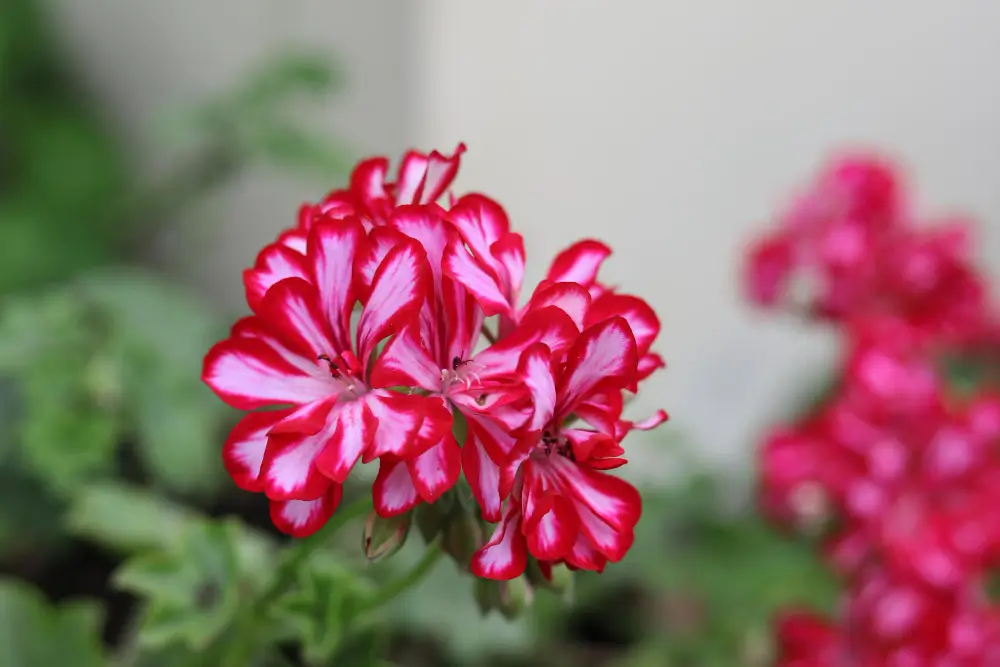

The Geranium (Pelargonium spp.) is one of the most popular landscape plants in the world, prized for its colorful blooms, fragrant foliage and ease of care. In colors from pinks and reds to whites and purples, Geraniums enliven any space. They’re versatile, too; great as border plants, hanging baskets or in container gardens.
Geraniums are lower-maintenance than some other blooming plants, but with some care, they’ll give you their good looks all season. They’re ideal for gardeners of all levels of experience, beginners and seasoned green thumbs alike. What makes Geraniums even more charming is how well they flourish in both pots and garden beds, bringing color to patios, windowsills and balconies, or the indoors with enough sunlight.
| Botanical Name | Pelargonium spp. |
| Common Names | Geranium, Cranesbill (true geraniums), or Bedding Geraniums (Pelargoniums) |
| Size | 12-36 inches tall, 12-36 inches wide (varies by type) |
| Sunlight | Full sun to partial shade |
| Soil | Well-draining, moderately fertile |
| Watering | Moderate; let top soil dry out before watering |
| Hardiness Zones | 9-12 (indoors in cooler zones) |
| Bloom Period | Spring through fall |
| Flower Color | Red, pink, white, purple or two-toned |
| Growth Rate | Moderate to fast |

September 24, 2025
9 minute read
September 23, 2025
10 minute read
September 22, 2025
9 minute read
September 19, 2025
9 minute read


Join as a seller and connect with thousands of B2B buyers nationwide!
Sign Up
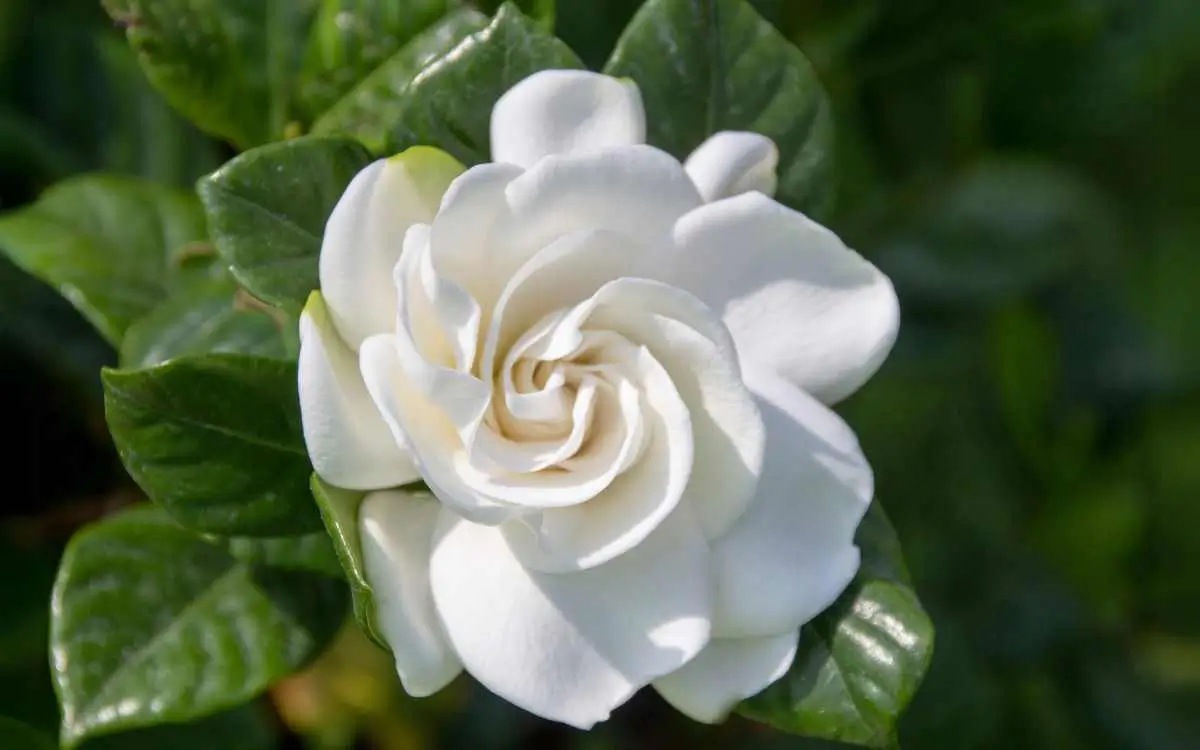
Gardenia
A Beautiful Flower with an Alluring Fragrance
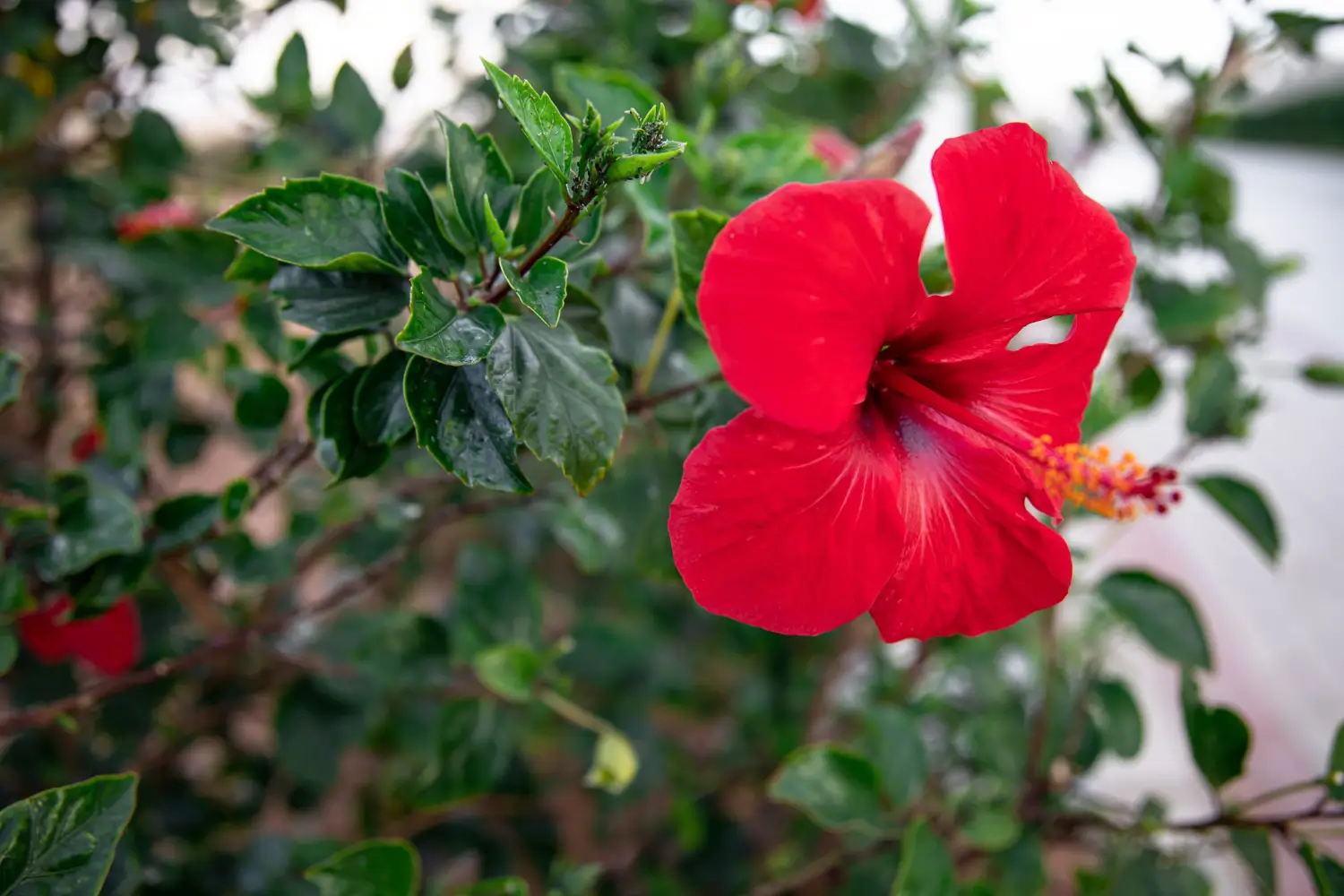
Hardy Hibiscus
A Cold-Hardy Perennial That Brings Exotic Flair to Temperate Climates
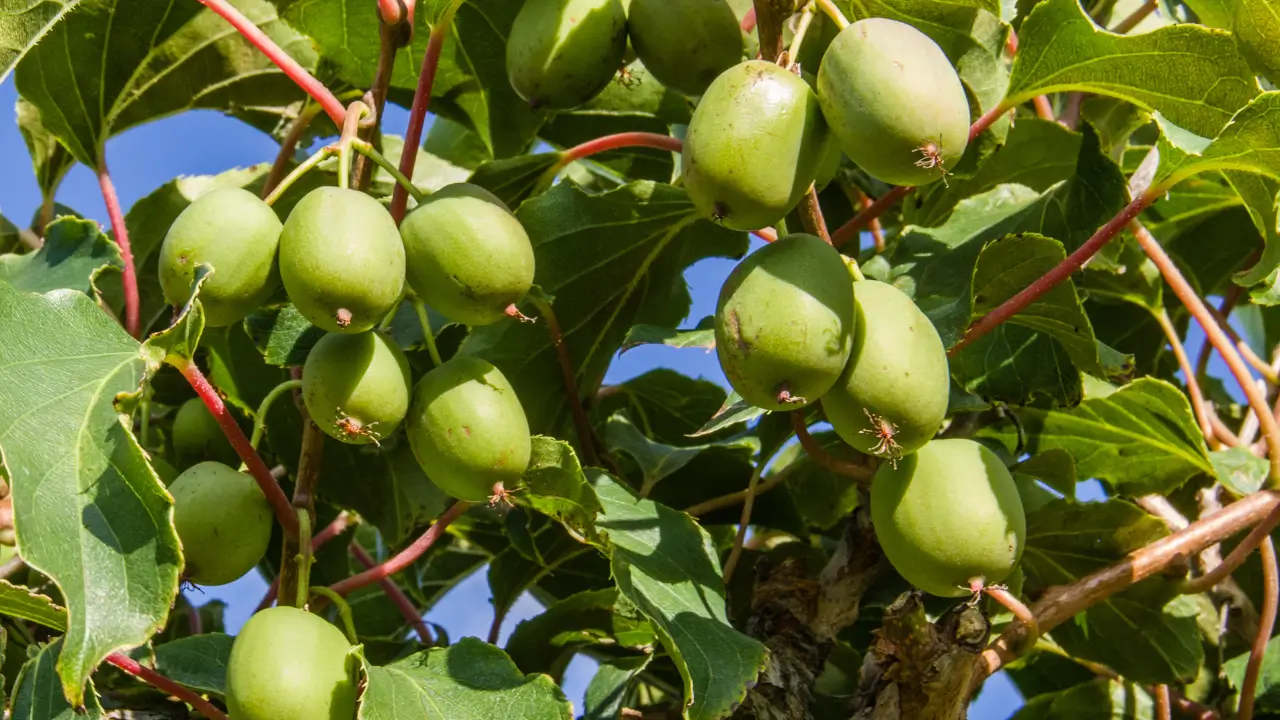
Hardy Kiwi
A Cold-Hardy Vine That Bears Sweet, Tangy Fruit in Your Own Backyard
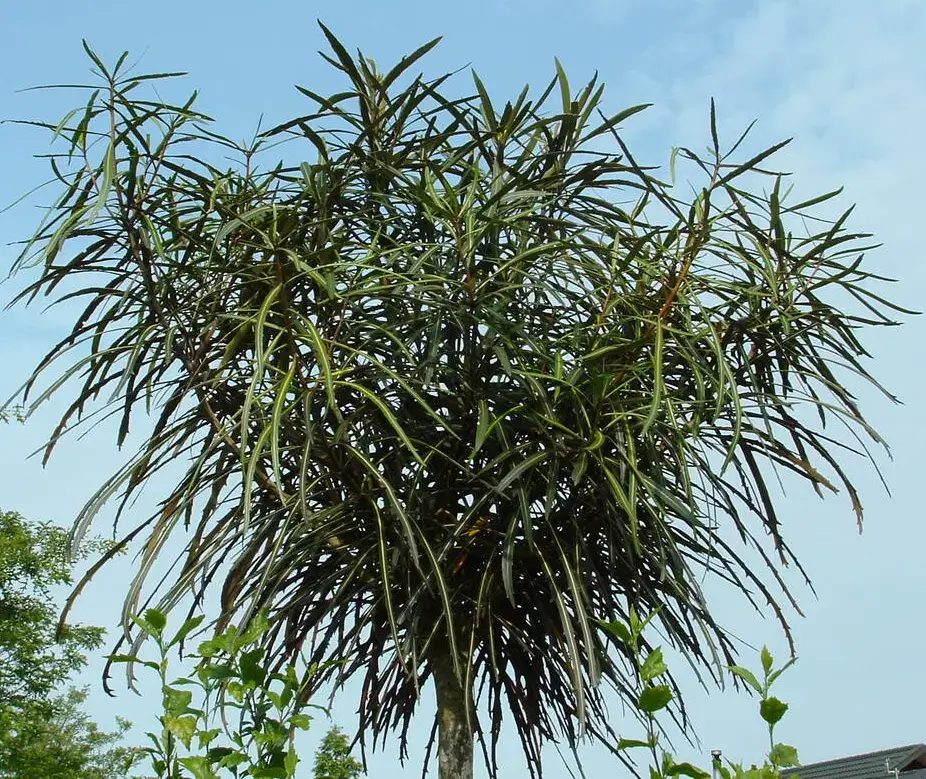
False Palm
False Palm is an exquisitely attractive plant with long, narrow or deeply cleft leaves that resembles a real palm but is very low maintenance. False Palm, though not a true palm — its leaves belong to other plant families — has the graceful, upright growt
Geraniums aren’t too fussy, but the right conditions can make a big difference in blooming and overall health. They thrive in sunny locations, with good soil drainage and moderate watering. Indoor or container-grown plants will require additional attention to light and moisture, while outdoor garden beds need a bit of occasional feeding and pruning to keep the plants looking their brightest.
Geraniums require a lot of sun in order to bloom well. Full sun is best, though in very hot regions, some late-afternoon shade prevents leaf scorch and wilting. For indoor plants, locate near a south or west window where light is available, placing under a grow light if needed. The bright light will promote compact growth and limit legginess.
Geraniums will be as healthy as the soil they live in. They prefer:
Combining garden soil with compost and a small amount of sand or perlite is acceptable. The soil structure, moisture and nutrient holdings will be improved with the addition of organic amendment.
Geraniums do well with a moderate watering regime. Allow the top inch of soil to dry before watering again. Too much water can cause root rot, while too little water may cause leaves to droop and flowers to fall off prematurely. Water in the morning, so foliage has a chance to dry, thus reducing potential fungal problems.
Extra tips:
Prune Geraniums to keep the plants bushy, healthy and blooming. Even though Geraniums do not need pruning, cutting should be done at the proper times to encourage more attractive growth and flowering.
How to prune effectively:
Pruning isn’t only about shape — it encourages the plant to put its energy into flowering and not maintaining old, unproductive stems.
Geraniums are easy to grow from stem cuttings, allowing you to grow new plants or preserve your favorite varieties.
Steps to propagate:
Tips for success:
Geraniums also do quite well in containers, so patios, balconies or sunny inside areas are perfect for them. Geraniums require good drainage and the proper potting mix to thrive. Rotating pots occasionally ensures even growth and keeps plants looking full.
Tips for container success:
Geraniums do not tolerate frost, especially in colder regions. Before the first frost, move container plants indoors and keep them in a bright, cool room with temps around 50–60 degrees F. Outdoors, these plants can also be protected by adding layers of mulch around their roots. Some gardeners also take autumn cuttings to grow indoors over the winter to be ready for next season.
Give geraniums the care they require and it will flower prolifically. They bloom in summer, producing masses of bright hues. Regular deadheading, feeding and plenty of sunshine ensure no interruptions in blooming. Flowers last longer when they are watered regularly, but not overwatered.
Geraniums are relatively sturdy, but they can have issues, typically related to care or growing conditions. Yellow leaves are often a sign of overwatering or poor drainage, and leggy growth suggests not enough light. Pests such as aphids, whiteflies and spider mites may come about but are relatively under control.
Quick fixes:
Geraniums are cheerful, colorful, and easy-going plants that suit both beginners and experienced gardeners. Whether in the garden, on the balcony or by the windowsill, they produce bright flowers and great smelling leaves to bring transformation into any space.
Beyond their visual appeal, Geraniums provide a sense of satisfaction and accomplishment for gardeners. Watching them bloom season after season reinforces the reward of consistent care and attention, making them a favorite for both casual and serious gardeners alike.
Whether planted in beds, containers, or hanging baskets, Geraniums bring energy, color, and life to any setting. Their adaptability, long blooming season, and resilience make them a true staple for gardens worldwide, proving that even a simple plant can have a big impact on your home and garden’s charm.
Yes, if they receive plenty of sunlight and aren’t overwatered.
Allow the top inch of soil to dry before watering again. It's better to leave your plants dry than overwatered.
You need to feed with a light all purpose fertilizer during the growing season every 4-6 weeks for blooming plants.
Some types of Pelargoniums can cause mild stomach upset if ingested, so keep them away from pets.

Pest Identification & Prevention
Victor Miller

Lawn Care Tips & Maintenance
Victor Miller

Soil Health & Fertilization
Victor Miller

Smart Irrigation Systems
Victor Miller

Patios, Walkways & Driveways
Victor Miller

Soil Health & Fertilization
Victor Miller

Pest Identification & Prevention
Victor Miller
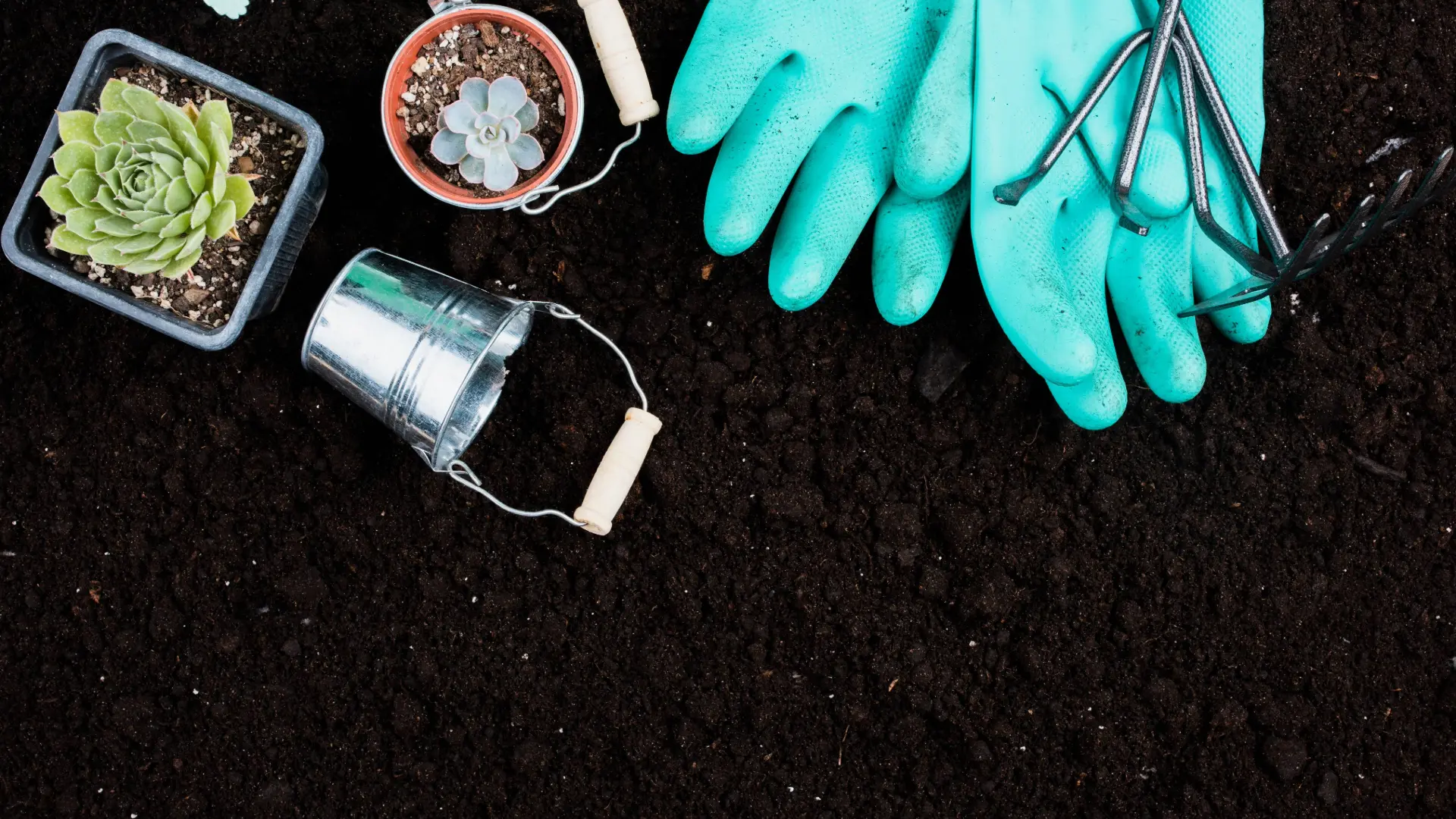
Soil Health & Fertilization
Gina Lazaarus
My Account
Our team is always here to help.
We are open Monday - Friday, 9:00 AM to 4:30 PM PST.